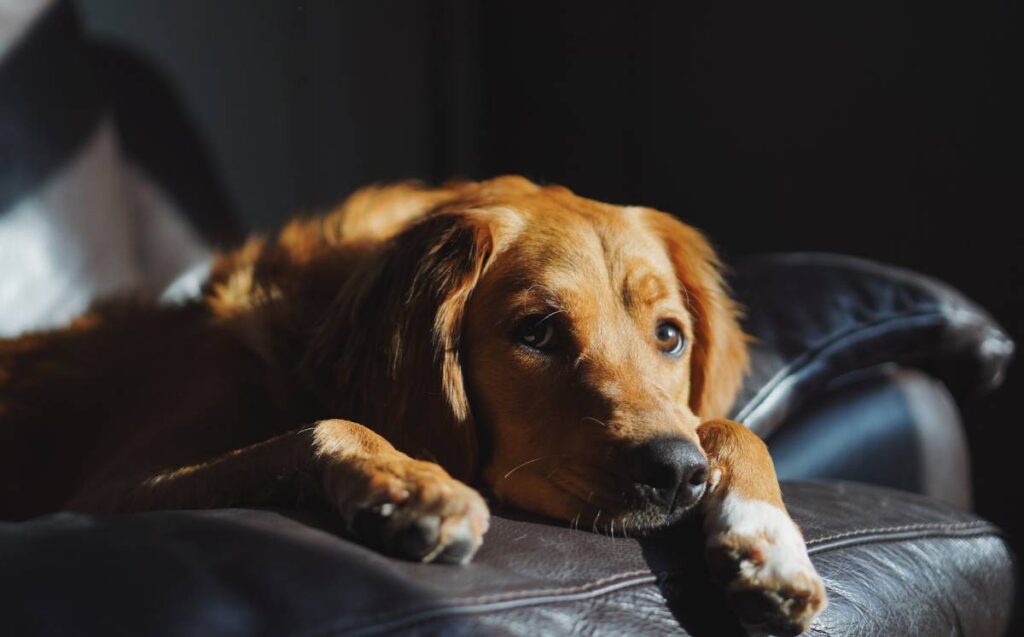Phobias. Pamper your pets in the face of their fears

Mexico City /
Almost every parent of a dog has had to hold their dog in a hug during a fireworks display. Among the most common fears of the puppies are loud noises, whether they are blows or rocketYes, which sometimes cause them persistent anxiety.
Samantha Hay-Parker, a veterinary doctor, explains that these phobias can develop throughout the life of the pet or even after a single exposure to a stimulus that is related to something negative.
She is also a technical advisor in boehringer ingelheim explains that in phobias the responses of puppies and kittens —the most common pets in Mexican homes— are intense and can arise from an early age, and can also appear at later stages of their lives based on experiences they have lived .
“Your dog or cat can be fearful of any stimuli it hasn’t been exposed to during their developmental period, which is up to six months of age in dogs and four months in cats,” Hay-Parker says. Next, we share a guide to understand your furry friend’s phobias a little better:
to noise. One of the phobias The best known is loud or sudden noises, such as loud blows, thunder, construction noises and festive rockets, among others. Dogs with this phobia display panic, extreme agitation, attempts to escape, and/or destructive behavior; For their part, cats almost always hide.
To separation. Some cats and dogs display extreme fear when their owner leaves them alone. As a result, they bark, squeal, smash furniture, or tremble while experiencing this sensation in an attempt to escape; They may also urinate or defecate as an uncontrollable response.
to certain spaces. Some animals, especially cats, show fear of open spaces where they cannot find a safe place to hide; especially if that place is new to them. Also, specific places like the vet’s office can create anxiety and generally make them fearful of leaving the house.
Other animals or people. Social phobias towards other animals and unfamiliar people, which can range from a small child to the vet, occur when they are not used to interacting. This alteration is manifested with aggressive behaviors or being withdrawn.
If you notice abnormal behavior in your pet, go to the veterinary specialist, who will define if it is fear, anxiety or phobia. In addition, it will indicate the appropriate treatment, either through behavior therapy or medication. _
The keys
Prevention
Hay-Parker adds that early identification and intervention are essential to treat any of these symptoms.
Healthy lifestyle
Fears and phobias can be avoided so that they do not lead to other problems, resulting in a healthier and happier life.
pyrotechnics
According to studies, fireworks produce a greater negative effect among pets, due to the closeness that in some cases they have with them
caov






